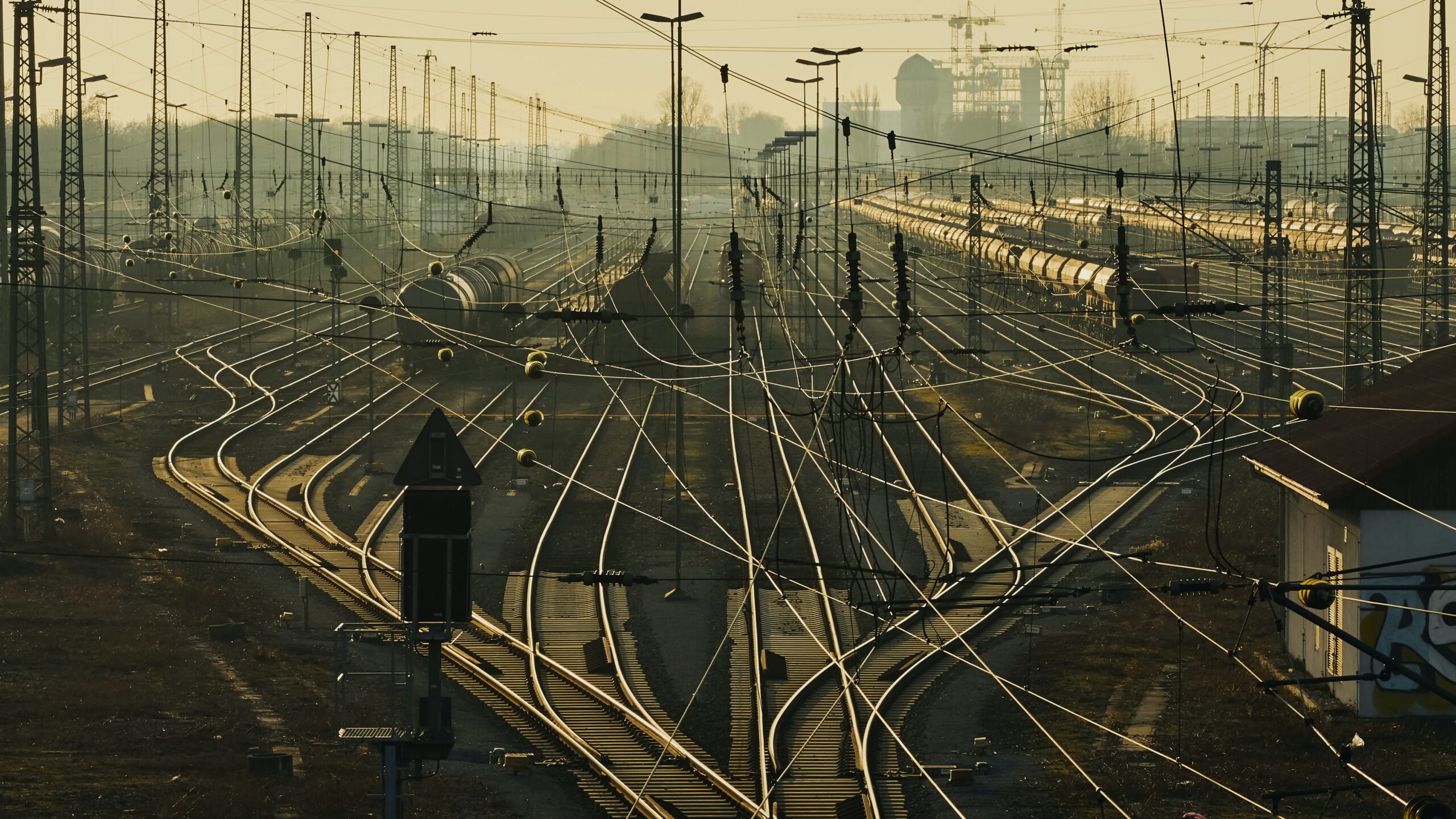
Australia’s transport infrastructure is underpinned by a combination of rail, bus, and highway networks. Rail networks increasingly shape as a critical component of this and will be the source of increased funding in the immediate future.
Notwithstanding this, rail projects are often unique in nature requiring a tailored approach from parties when contemplating the best way to give effect to the project. Prior to entering into a rail project, parties should fully inform themselves of such risks and consider how they can best facilitate project outcomes and risk allocations.
Key risks likely to arise on rail projects include:
- geographic considerations;
- supply of critical resources; and
- working in or around existing assets.
Geographic Considerations
Parties should consider the impacts geographic conditions have on any rail project prior to progressing beyond an infancy stage. Importantly, where a project occurs is often critical not just to planning and resourcing considerations, but also contractual drafting and risk allocations.
The geographic considerations can be distinct and unique to any given rail project. This means parties should ensure careful contractual drafting prior to execution and a tailored approach to how risk is allocated.
For instance, a project through central or regional Australia may require various licences and permissions to enter land (typically farmland). Further, access may be restricted by existing infrastructure requiring the development of various road networks capable of facilitating the works. When negotiating a contract, parties should consider these requirements. This includes consideration of who is responsible for undertaking the works, if the works are to be permanent or temporary, and how compensation for such works will be facilitated.
Conversely, rail projects in urban area, especially light rail, are likely to face a considerably different set of challenges. Parties may for instance need to consider the need to shut down or limit access to existing transport infrastructure, such as roads, in the interests of facilitating the work efficiently and safely. Furthermore, parties should consider the availability of land and space for tasks such as set down and staging works, which are critical to ensuring the efficiently delivery of a project.
Supply of Critical Resources
While the delivery of a rail project may not require a long list of resources to deliver, works cannot be progressed without various critical materials.
Traditional rail project will primarily require sleepers, fishplates, fasteners, and spikes, in very high quantities. In a booming construction market, and as investment in rail projects continues, parties should ensure a sufficient supply of these in advance of the commencement of works to ensure the efficient delivery of the works.
Parties should also consider where sustainable alternatives can be implemented to achieve a best for environment, and best for project, outcome. For instance, Australian companies are increasingly producing recycled plastic railways sleepers which are more resilient than timber, lighter and less carbon intensive than concrete. While further investigative works will need to be undertaken to determine the ways in which sustainable alternatives can be adopted in rail projects, parties should consider this during early-stage contract negotiations. Importantly, the implementation of sustainable alternatives will be best facilitated where it is supported by a tailored contractual approach which aligns the contract with the best for project and best for environment outcome.
Working in and Around Existing Assets
Regardless of where a rail project is, there will inevitably be a need to interface and work alongside existing infrastructure assets. Importantly, where contractual provisions reflect such an approach, parties can best facilitate the efficient and effective delivery of the project.
For example, where developing rail works in close proximity to existing rail assets, parties must consider the most efficient and safe way to facilitate such. It is likely in such circumstances closure of existing rail resources will be necessary, especially in circumstances where some works cannot be safely undertake otherwise.
Similarly, for light rail projects in close proximity (or on) roads and other existing infrastructure, parties should carefully consider the best way to give effect to such. Whether it be the partial or complete shutdown of road networks, these will often be necessary to ensure the safe progression of works.
Where a contract accurately reflects the necessary interactions with existing assets, and provides a clear process for dealing with such, it can minimise the potential for disputes and ensure the achievement of best for project outcomes.
Legal Support
Lamont Project and Construction Lawyers have extensive experience working across the lifecycle of rail projects, from project development and contract negotiation through to practical completion.
By providing clients a tailored approach to contract negotiations and project support, we can ensure that our clients are best positioned regardless of the particular circumstances.
If you have any questions about your current or future projects, please do not hesitate to contact Lamont Project and Construction Lawyers for a discussion on how we can assist you.
Contact: Peter Lamont or Ryan Bryett
Email: peter@lpclawyers.com or ryan@lpclawyers.com
Phone: (07) 3248 8500
Address: Suite 1, Level 1 349 Coronation Drive, Milton Qld 4064
Postal Address: PO Box 1133, Milton Qld 4064
